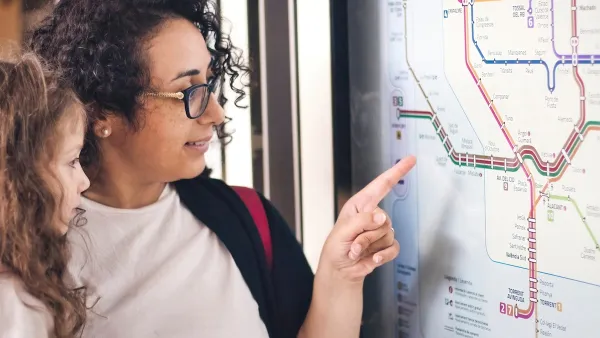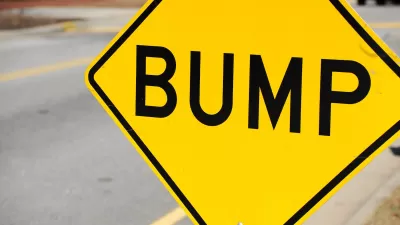Sharon Gochenour explores the ways in which the evolution of graphic communications – from building signage to official logos – represent various aspects of Kansas City's identity.
Although shaped by the subjective tastes and motivations of graphic designers and their clients, past and present, graphic communication can be seen to cumulatively representing the ethos of a common time or place. In cities everywhere, extant public advertisements and graphic representations that arose organically out of historic socio-economic conditions often convey what can be considered a city's "authentic" character. And, using Kansas City as a case study, Gochenour argues that these "authentic" and unique historic images exert a strong power on the city's contemporary identity and its graphic communications, as "[h]istoric advertisements become the layered background of the present, and the character of the past becomes the publicity of the present.
"In the case of Kansas City, the modern city and its image were largely produced by an industrial boom in manufacturing, warehousing, rail traffic, and stockyards in the early part of the 20th century." Today, many graphic creators still focus on the city during its formative years and, as Gochenour's accompanying photographic examples demonstrate, their designs are showcased throughout different neighborhoods in Kansas City.
As the City government and other economic organizations look to rebrand the city as a place of intellectual commerce with sleek logos and websites, their top-down efforts create an interesting tension with the "layered reality of the street," observes Gochenour.
FULL STORY: Urban Branding: The Evolution of Kansas City's Graphic Identity

Maui's Vacation Rental Debate Turns Ugly
Verbal attacks, misinformation campaigns and fistfights plague a high-stakes debate to convert thousands of vacation rentals into long-term housing.

Planetizen Federal Action Tracker
A weekly monitor of how Trump’s orders and actions are impacting planners and planning in America.

San Francisco Suspends Traffic Calming Amidst Record Deaths
Citing “a challenging fiscal landscape,” the city will cease the program on the heels of 42 traffic deaths, including 24 pedestrians.

Defunct Pittsburgh Power Plant to Become Residential Tower
A decommissioned steam heat plant will be redeveloped into almost 100 affordable housing units.

Trump Prompts Restructuring of Transportation Research Board in “Unprecedented Overreach”
The TRB has eliminated more than half of its committees including those focused on climate, equity, and cities.

Amtrak Rolls Out New Orleans to Alabama “Mardi Gras” Train
The new service will operate morning and evening departures between Mobile and New Orleans.
Urban Design for Planners 1: Software Tools
This six-course series explores essential urban design concepts using open source software and equips planners with the tools they need to participate fully in the urban design process.
Planning for Universal Design
Learn the tools for implementing Universal Design in planning regulations.
Heyer Gruel & Associates PA
JM Goldson LLC
Custer County Colorado
City of Camden Redevelopment Agency
City of Astoria
Transportation Research & Education Center (TREC) at Portland State University
Jefferson Parish Government
Camden Redevelopment Agency
City of Claremont





























